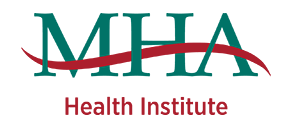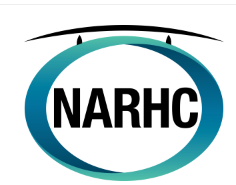December 11, 2025

MHA Training Opportunity: Emerging Health Care Leaders, Starts March 24
Emerging Health Care Leaders is a leadership development experience designed for early-career professionals and new leaders in your organization. This program equips high-potential contributors with the insight, tools and awareness they need to lead effectively – now and in the future.
Participants will explore their personality, communication style, coaching skills, personal brand and leadership approach, gaining valuable feedback on their strengths, potential blind spots and growth opportunities. The program is designed to enhance current performance, boost leadership confidence and build readiness for next-level responsibilities.
The ultimate goal of this program is to help your emerging leaders make a greater impact today while preparing them to grow into tomorrow’s leadership roles.
Objectives
Upon completion of this program, participants will be able to:
- Understand the skills and next-level leadership competencies needed to lead at each stage of career development,
- Have increased self-awareness of personality, work and communication style and how these strengths and challenges may impact effectiveness as a leader,
- Learn the importance of professional presence, communication and image,
- Learn ways to build influence and trust in the organization,
- Have improved perspective around business ethics and decision making,
- Learn new tools for effective communication and giving feedback,
- Build a personal mini leadership development plan to develop competencies for the future, and
- Learn to share a growth and development plan with their manager for feedback and alignment.
Cost:
- $495 per person for MHA Members
- $595 per person for nonmembers
This event is eligible for use of the MHA Health Institute Coupon
Click Here to Learn More and Register









